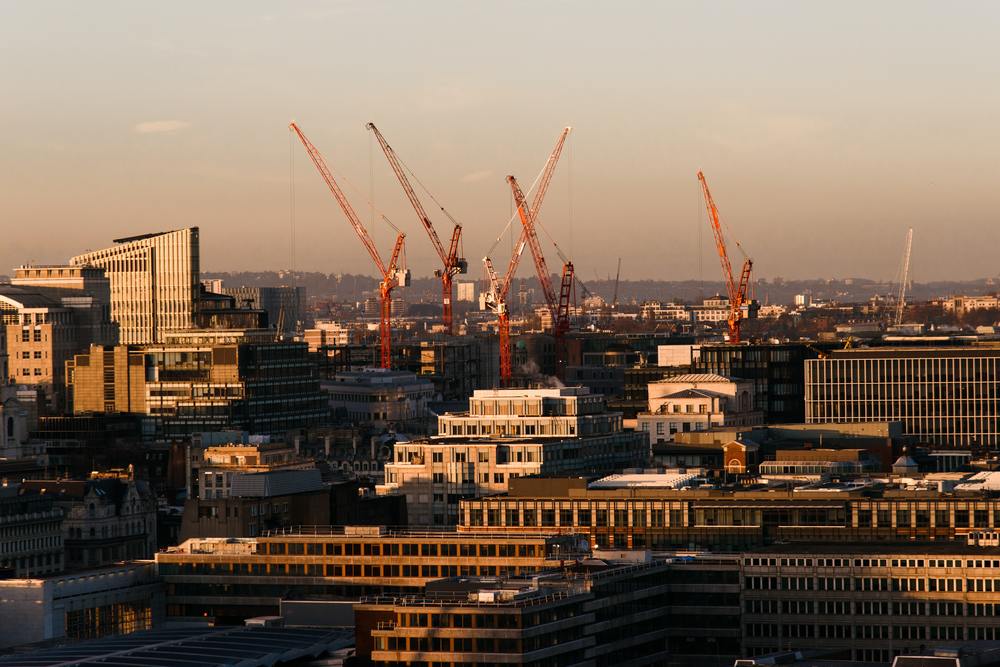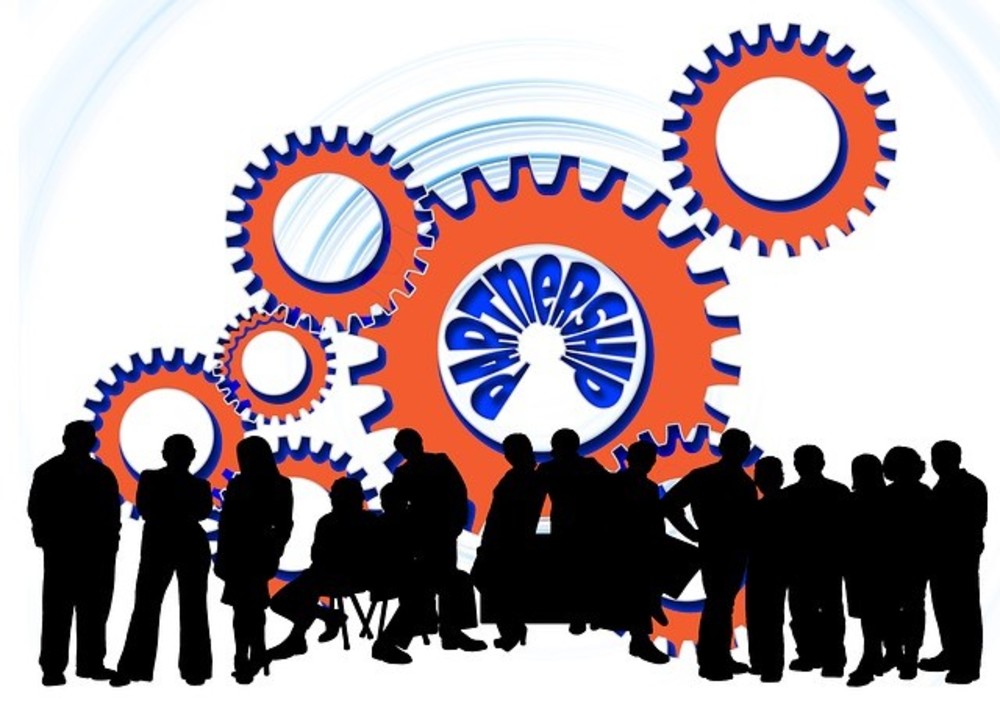It might seem daunting, time consuming & prohibitive for smaller practices, to implement BIM. Not with Driving Vision!
This article is part of a blog series on the supply chain in the construction industry, exploring how it can be improved to overcome today's pitfalls.
BIM in the construction supply chain (CSC) involves many stakeholders such as the owner or client, the architect, and various types of engineers bringing goods, materials, and trades services to the construction site to ensure the success of a construction project.
All stakeholders play an important role in sustainability. Every project requires money and a comparative analysis of the Value for Money (VfM) framework should be conducted to achieve sustainability in the delivery of your projects.
The sustainable development goals (SDGs) were adopted by the United Nations member states in 2015. The aims are to:
The SDGs 17 goals are interdependent to ensure when you take action somewhere, you do not negatively affect another area.
Any construction project should balance social, economic, and environmental factors.
Sustainability means:

All stakeholders, customers, clients, investors, employees, and communities, expect construction companies to:
Declining to address sustainability issues may put your business in jeopardy. You will be losing your competitive edge as you will be:
Putting sustainability at the forefront of your supply chain management is not negotiable because the construction industry creates huge waste. We generate carbon dioxide emissions and other greenhouse gases, negatively impacting climate change all while consuming large amounts of energy, not just on-site, but also to manufacture the products used in building.
Managing sustainability with your partners is difficult as they are:
To be a responsible, sustainable company you should:
In 2020, the municipality of Amsterdam had to adopt a new strategy to recover from the pandemic crisis. They used the concept of the “Doughnut Economy” and adapted it to the size of a city, with the help of the British economist Kate Raworth, who developed the model.
The model's purpose was to get strategies to deliver a good life to the Amsterdam citizens, without damaging the planet. The model is now used in many other cities.

All construction types have, during their life cycle, a negative impact on the environment.
So, the construction industry should lead the way globally fighting climate change issues related to protecting the planet.
In the UK alone:
Buildings and other assets use a lot of energy over their lifetime:
Sourcing materials irresponsibly could damage the environment and biodiversity.
For instance, you should only buy certified timber from responsible arboriculture organizations applying environmental and social responsibility policies to their processes to protect the planet.
International standards like FSC can help you support responsibly produced timber in the United Kingdom.
Construction projects use a lot of water. For example, in the UK, construction accounts for approximately 30% of total water use. A lot of United Kingdom regions experience water shortages aggravated by climate change. Unless actions are taken the country may not be able to meet water requirements in 20 to 25 years
Materials manufactured offshore may use water and could generate pollution.
Sustainability includes social responsibilities. This means that, throughout your supply chain, you ensure that:
Unfortunately, modern slavery is growing worldwide. It is hard to identify where and if exploitation happens in the supply chain in construction, as it lacks clarity and visibility. It involves:
“Trafficking in persons”, “human trafficking” and “modern slavery” are used as umbrella terms to refer to both sex trafficking and compelled labor.
In the USA, The Trafficking Victims Protection Act of 2000 punishes trafficking in persons, especially women, and children.
The United Nations Convention against Transnational Organized Crime (the Palermo Protocol) uses other terms to describe modern slavery like:
Traffickers use various bullying and ambiguous practices to deprive their victims. Workers may be considered trafficking victims regardless of whether they:
Clients and their stakeholders use sustainability to enhance their reputations. They now introduce clauses in their contracts aiming to:
Green sustainability is growing in the construction supply chain and if you want to succeed you should prioritize it to:

Improving your business’s sustainability is an opportunity for your organization to make a real difference.
In the United Kingdom 520 construction contracts for a total value of $4.2bn ranging from $15,000 to $150m, were analyzed to find how much social value The United Kingdom produces. The findings show that:
Suppressing the negative impact your business imposes on the planet, and concentrating on the positive societal and environmental aspects of your operations will generate a lot of benefits that will help your organization to:
Reduce your costs - Minimizing your carbon footprint and reducing the number of potential accidents in your organization will lower your insurance fees. You will also avoid fines and compensation payouts. By obeying sustainability legislation you’ll eliminate waste and lower your cost of non-compliance.
_ Increase reputation and revenue_ - Protecting your business from reputational damage and boosting your professional status are key factors that will win you more projects, gain customers’ trust and loyalty, and help you market your business to new customers.
Mitigate risks - By introducing risk management systems in your organization you will avoid potential threats to people and the environment, increasing your chances of success and opportunities.
Improve employee attraction, satisfaction, and retention - Your employees will be proud, happy and satisfied to work for a sustainable organization that will improve productivity, employee satisfaction, and retention.
Attract investors - To secure funding, adopting sustainable practices and minimizing your environmental and social impact will appeal to investors.
It is challenging to introduce environmentally and socially responsible policies in your supply chain processes.
First, you should identify in the various stages of your operations, the impacts they have on the environment, be they social or economic.
Then you plan your implementation with all your supply chain stakeholders including your clients, to ensure you will respond to their requirements. Your steps should include:

Implementation of supply chain management in the construction industry is still lacking momentum.
The necessary sustainability components are:
Many challenges are still to be surmounted:
Potentials for improving the current situation in the construction industry are:
The long-term relationships between construction companies, suppliers, and customers require implementing best practices and new smart technologies to simplify and streamline the supply chain process.
The following steps can help you build a sustainable supply chain:
Most firms intend to establish their best practices, but work gets in the way and they are never created. £220 million are wasted per year in the UK. As a result, there are people solving problems that others have already solved.
Driving Vision's BIM expertise diagnostic diagnoses how you can eliminate waste (time and material), and improve your margins and the quality of the information provided during the design and construction phases.
A Driving Vision expert will conduct the interviews online, issue a report, and discuss our findings with you. Together we will decide the best way to implement the solutions at your pace and according to your budget.
Implementing BIM can be daunting, but Driving Vision is here to help you at the pace you are comfortable with. Get started by getting in touch now
Of practices using BIM made positive ROI
Of practices using BIM improved health and safety
Of practices using BIM decreased errors and omission
Of practices using BIM enhanced their practice image
Of practices using BIM claimed less litigations
Of practices using BIM reduced rework
It might seem daunting, time consuming & prohibitive for smaller practices, to implement BIM. Not with Driving Vision!
